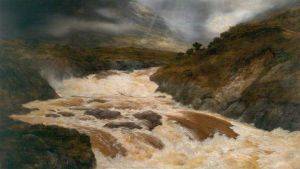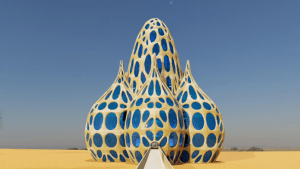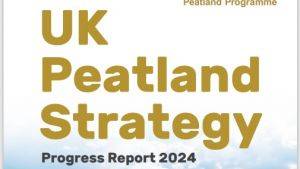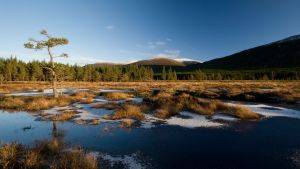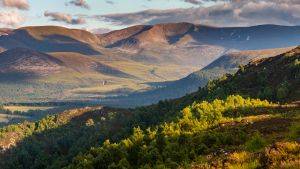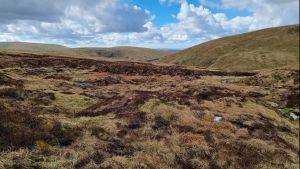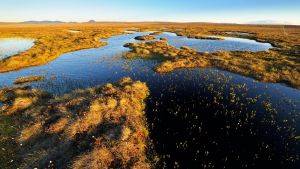Turley Holes (MoorLIFE Project)
Introduction
Turley Holes and Higher House Moor, owned by Yorkshire Wildlife Trust covers 665 ha of blanket bog and is home to a variety of moorland plants including cottongrass. However, erosion as a result of atmospheric pollution and wild fire had led to the exposure of bare peat. Therefore, the site was restored through the MoorLIFE Project, overseen by Moors for the Future Partnership.
Restoration Delivered
Restoration activities undertaken by the MoorLIFE Project included:
- 1,200 bags of heather brash flown in and spread
- Over a half a kilometre of geo-textile used to stabilise bare peat
- 360 tonnes of lime and fertiliser spread to create the appropriate growing conditions on the acidic soil for nursery crops
- Five tonnes of grass and heather seed sown to kick-start the revegetation process
- Area fenced off and 60 million Sphagnum fragments spread
- 23,000 native plug plants including bilberry and crowberry introduced to help with the revegetation.
MoorLIFE Project
The MoorLIFE project was made possible by a £5.5m grant from the European Union’s LIFE+ programme.
MoorLIFE’s scale and success is very much the result of partnership working. The project was co-ordinated by the Peak District National Park, delivered by Moors for the Future Partnership and co-funded by the European Commission’s Life+ Programme. Partners included Environment Agency, Natural England, National Trust, United Utilities and Yorkshire Water.
Project Name: Turley Holes (MoorLIFE Project)
Organisation / Lead partner: Moors for the Future Partnership
Location: Peak District National Park
Approximate area covered: 665 ha
Conservation Status: Site of Special Scientific Interest (SSSI)
Predominately: Upland
Peat Habitats: Blanket bog
Project Type: Restoration
Year Project Began: 2010
Project End Date: 2015

